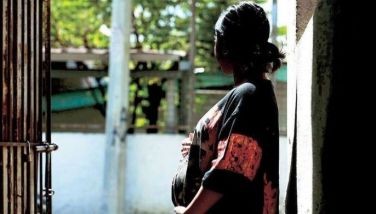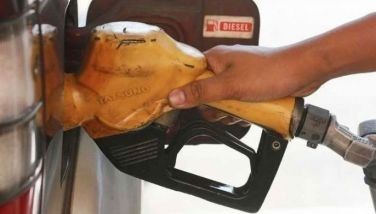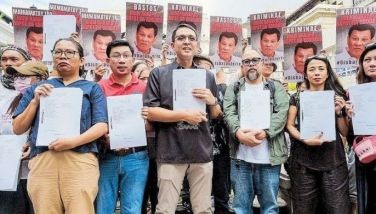ADB offers help in funding climate change projects in Philippines
MANILA, Philippines - The Asian Development Bank (ADB) on Wednesday said that it is ready to provide funds to support the Philippines’s efforts to address the impact of climate change as well as its transition towards greater use of renewable energy.
Preety Bhandari, director of the ADB Sustainable Development and Climate Change Department, said the Manila-based lender can provide not just loans but also grants through financial mechanisms like the Green Climate Fund.
“The ADB and the Philippines can partner on future projects,” Bhandari said during a panel discussion at the Climate Reality Leadership Corps training in Pasay.
“The Philippines should specifically ask us at ADB for funding for climate investments in order for us to prioritize these,” she added.
The ADB previously announced that it would double its annual climate financing to $6 billion by 2020 from the current $3 billion to enable countries to cope with the effects of climate change.
Of the $6 billion, $4 billion will be allotted for mitigation efforts like renewable energy, energy efficiency projects, sustainable transport, and building smart cities while $2 billion will be dedicated to adaptation through more resilient infrastructure, climate-smart agriculture and disasters preparedness.
Bhandari said they have yet to determine how much of the $6 billion would be provided as loans or as grants.
“It will depend on the kind of project the country is requesting,” she said.
Antonio La Viña, dean of the Ateneo School of Government and a member of the Philippine delegation to the Parks climate talks, said the country needs support to lessen its dependence on coal, which has been linked to global warming, rising sea levels and extreme weather conditions.
“For me the first clear policy to be resolved by the government is the cap on coal,” La Viña said.
“If you put a cap on coal, you have to make sure there is electricity that is affordable. We need assistance for the transition,” he added.
La Viña also cited the need to fund sidewalks and protected bike lanes to reduce emissions and “immobility problem” caused by traffic jam.
Climate Change Commission Secretary Emmanuel de Guzman, for his part, said all local governments should come up with a climate action plan to enable them to tap the People’s Survival Fund.
The P2-billion government facility aims to support local government projects designed to strengthen communities’ resilience to disasters.
“We are doing our best to mainstream low carbon development technologies. With these plans, they can access people’s survival fund. The proposal that they will submit for funding will have to be in the context of local adaptation and local mitigation, de Guzman said.
He said 39 local governments have submitted project proposals so far. Nine of the applications are now being considered for financing while two others may soon get assistance.
While the Philippines is considered one of the most vulnerable to disasters, it remains largely dependent on coal for its energy needs.
Coal cornered about 29 percent of the Philippines’s energy mix in 2014. Oil accounted for 23 percent of the mix while hydroelectric and natural gas constituted 18 percent and 14 percent, respectively Geothermal cornered 10 percent of the mix while waste heat accounted for four percent. Solar, wind and biomass only comprised two percent of the Philippine energy mix.
The government previously defended the construction of new coal-fired plants in the country, saying high costs and limited technology impede the harnessing of clean energy.
- Latest
- Trending

































